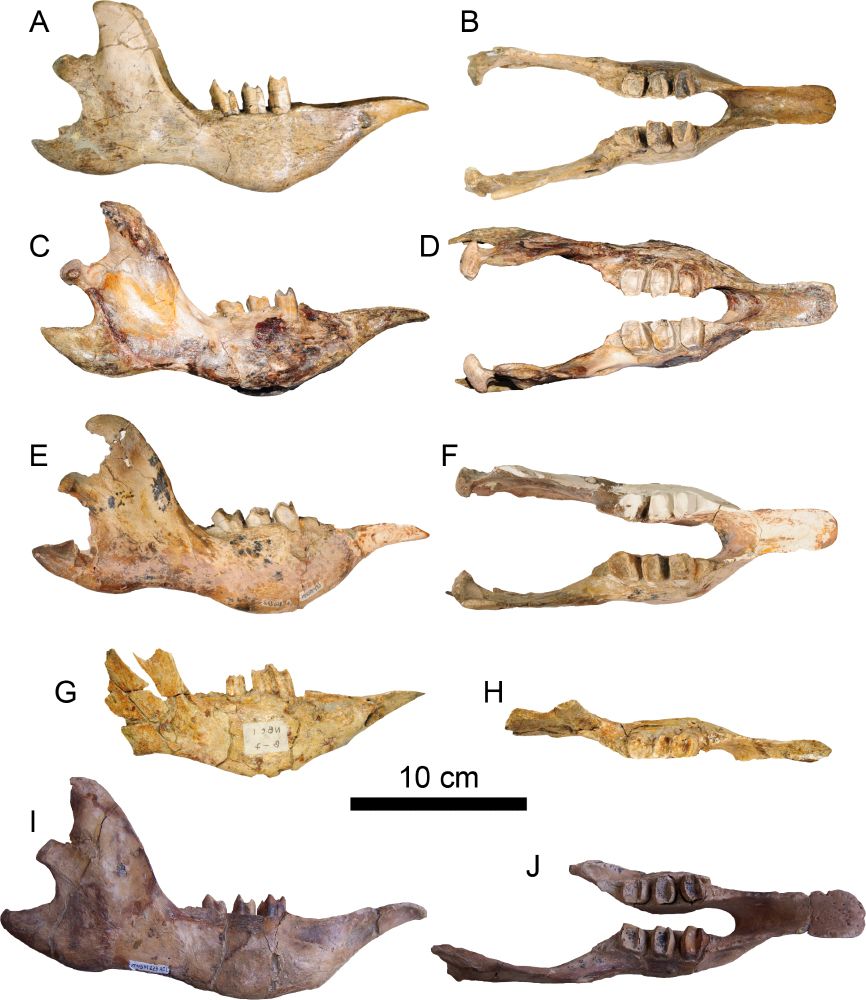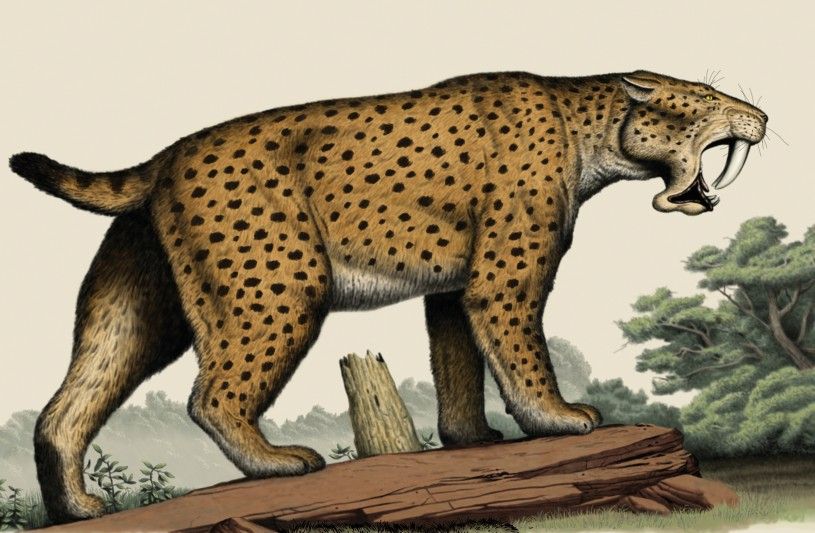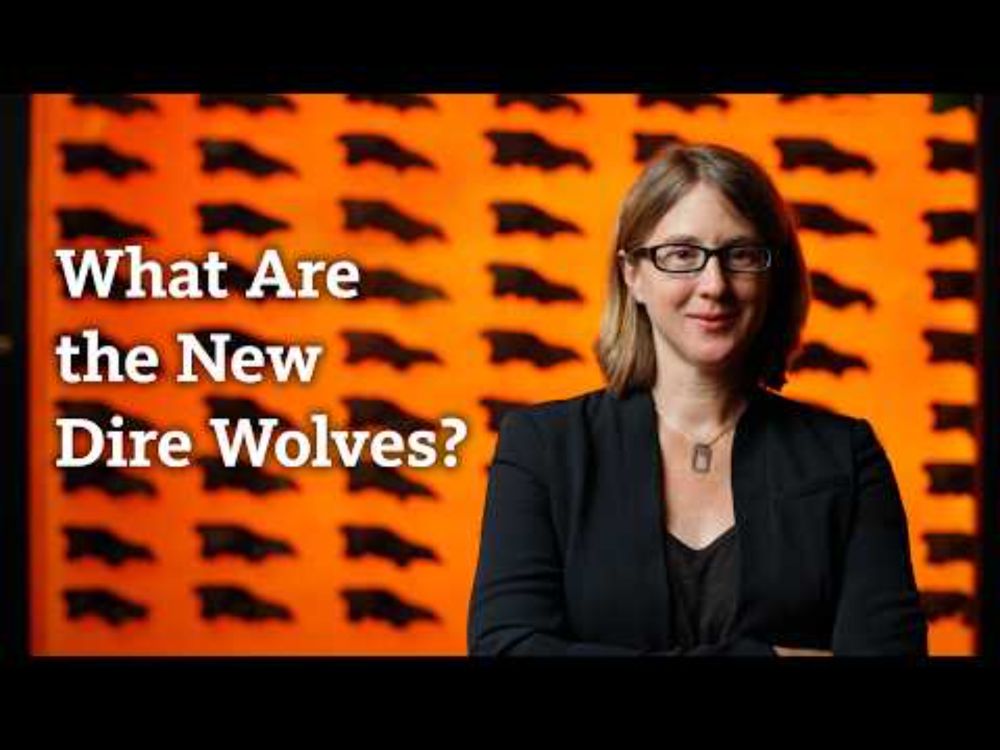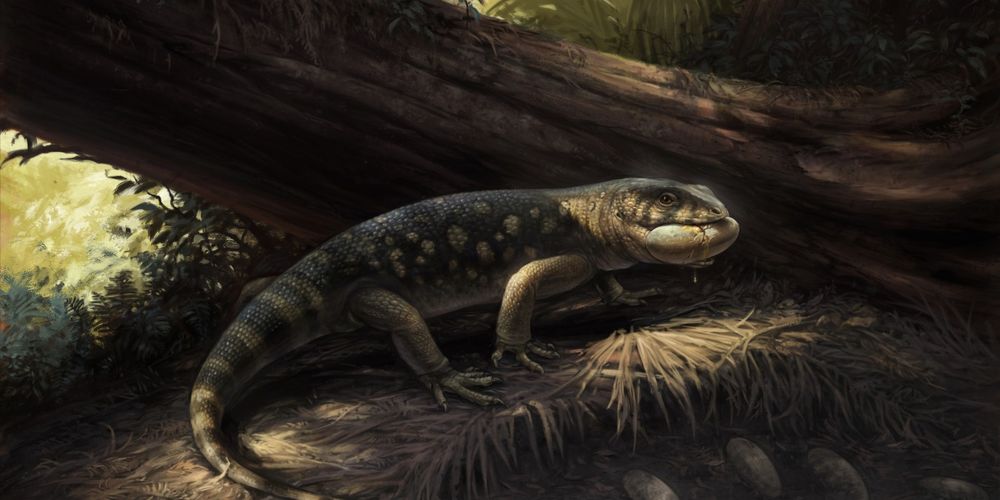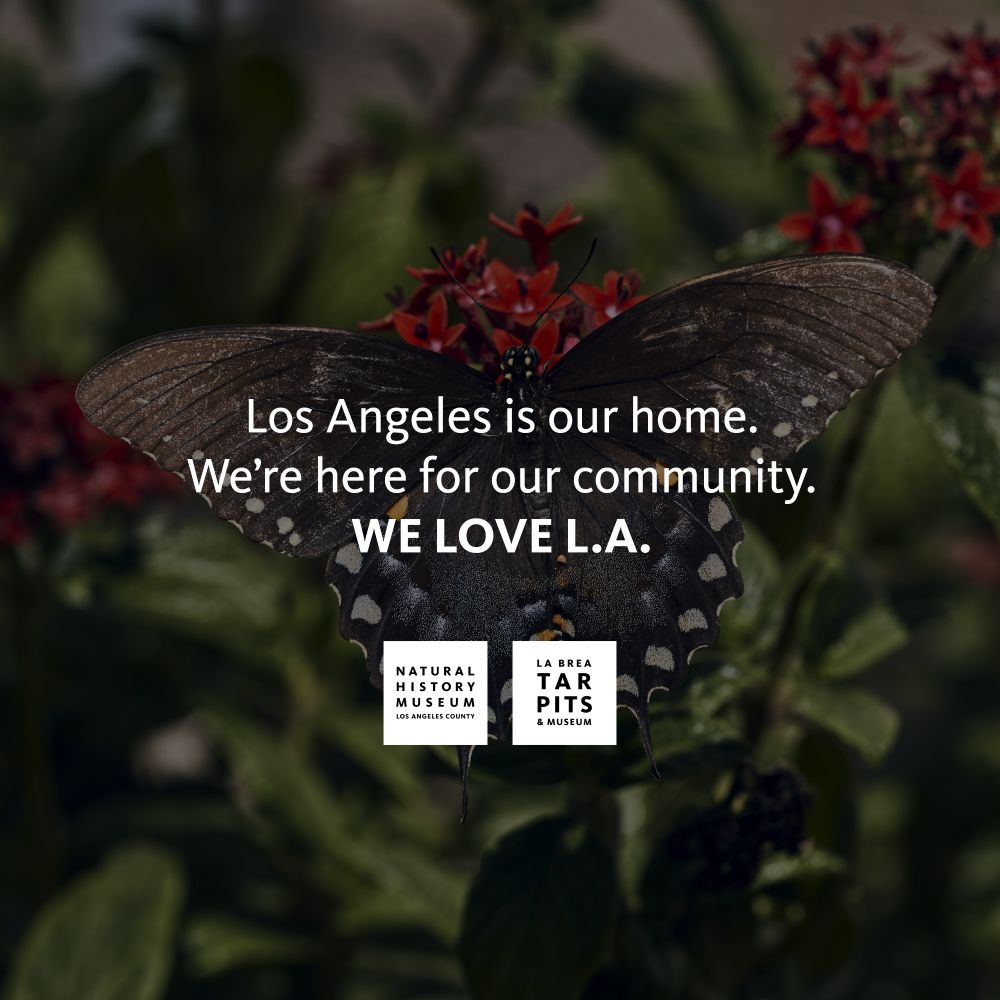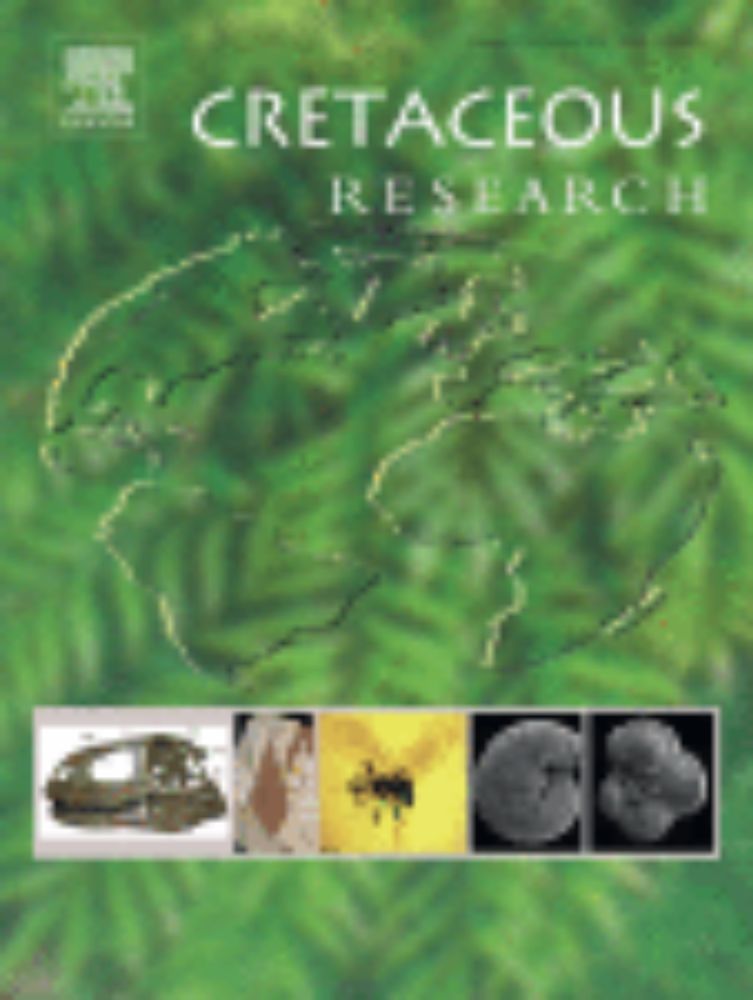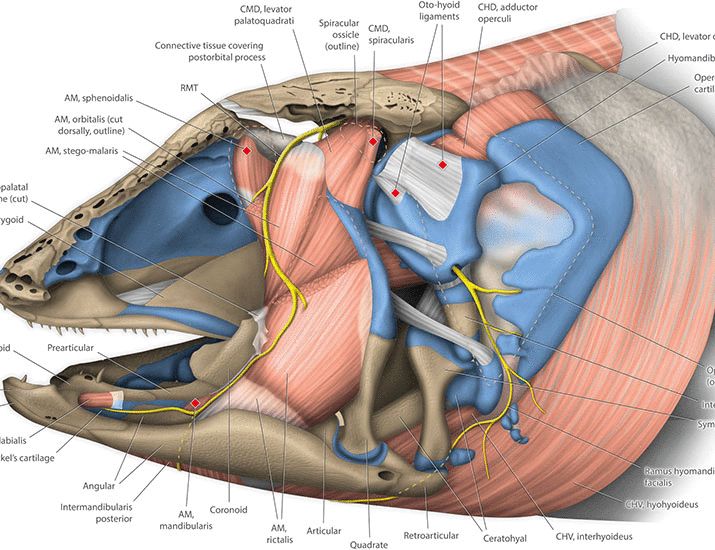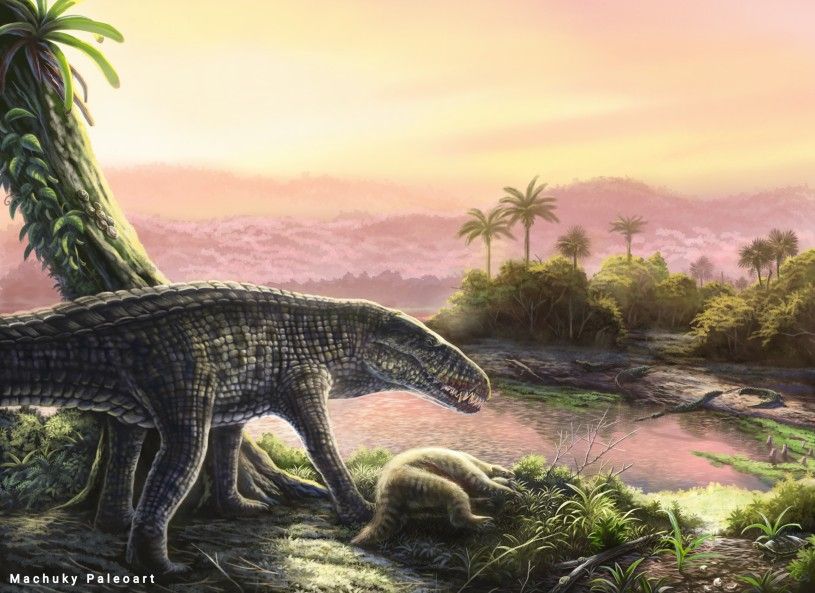@jvelezjuarbe.bsky.social
150 followers
140 following
25 posts
Associate Curator at NHMLA. Vertebrate paleontologist with an interest in marine mammals and Caribbean vertebrates. Boricua🇵🇷 The Caribbean & Eastern Pacific are my playground! Views are my own.
Posts
Media
Videos
Starter Packs
Pinned
Reposted
Reposted
Reposted
Reposted
Reposted
Reposted
Reposted
Reposted
Reposted
Reposted
Reposted


